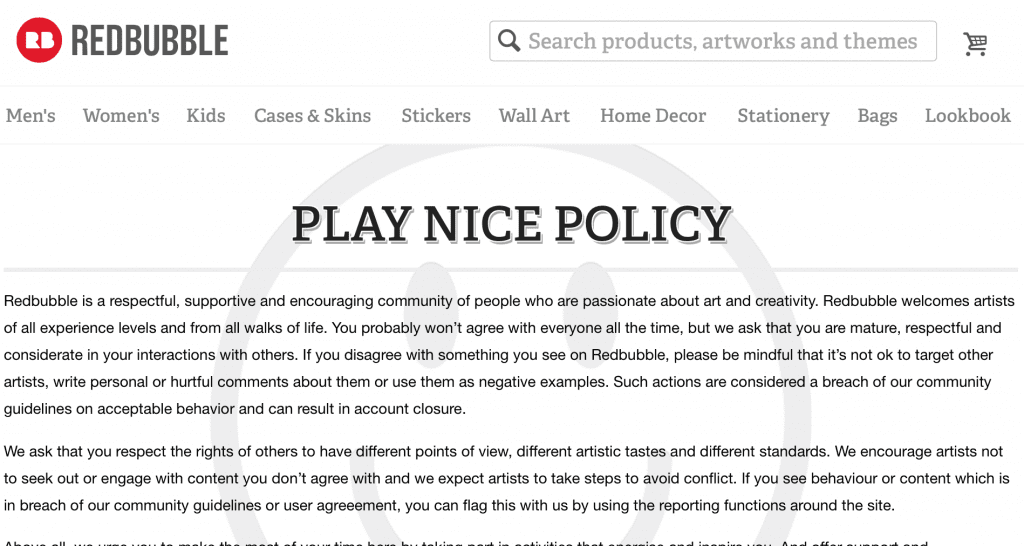
Welcome to Part 2 of how to solve website user experience issues! If you missed part 1, click here to catch up!
The conversion process
Put simply a conversion is an action you would like your visitors to take or a goal that you would like them to achieve once they are on your website. For some, this would mean a visitor making a physical purchase of a product or service, for others it could mean a visitor picking up the phone and talking to someone in your company. Regardless of what it is, one thing that everyone wants is as many conversions as possible.
Using proven methods
First things first – be sure to use elements that have been tried and tested over the years in your business. The web has drastically evolved over time but there are basic things that users come to expect from your website. A fairly common perception is that the best websites are the ones that are unique and use out of the ordinary functionalities – however we beg to differ. The best sites are the ones that get your visitor where they want to go with minimum effort, and also get the visitor to go where you want them to go. Fancy functionality can look good, but when it confuses your visitors and prevents them from achieving their goal, it’s a big no-no. User Experience should be your main priority.
Finding the right formula
The next step in the process is to begin testing. Using multivariate testing and A/B testing allows you to provide different versions of your web pages to different groups of visitors. As the tests are ongoing, you can start to gather stats on which versions work well and which aren’t quite as successful. You can then use this information to choose a winning formula against whatever criteria you’ve set, and apply that to your site, optimising your chance of success. Be cautious with A/B testing however – you need to have the right parameters in place, a big enough sample to deliver meaningful results and a human touch when it comes to deciphering the data. Don’t let software and automation lead you astray when it comes to making the right decisions to improve results!
Finding an identity
Being too inventive might not work in terms of your website visitor’s experience, but this is where your creativity can really come into good effect. Finding an identity for your brand and using it in your content is a great way to make your site stand out amongst others in your sector.
 Red Bubble is an excellent example of a website like this. It follows a familiar layout and path to purchase but there are enough individual quirks to make it stand out from the crowd. This is particularly important in Red Bubble’s case since, as well as selling products, they’re looking to build a community around their brand.
Red Bubble is an excellent example of a website like this. It follows a familiar layout and path to purchase but there are enough individual quirks to make it stand out from the crowd. This is particularly important in Red Bubble’s case since, as well as selling products, they’re looking to build a community around their brand.
Their approach comes through on pages like their return policy which avoids the mountains of terms and conditions found on other websites by opening with the simple line ‘If you don’t absolutely love it, contact us and we’ll help!’ which reassures customers that their problem will be resolved (and, even more importantly in our experience their customer service follows through on this promise.
Whether it be information on your products or services, posts on your site or your “about us” page you can stand out from the crowd by writing in a style that fits both you and your audience. Whatever identity you choose, be consistent throughout your site and use the same one from page to page – otherwise you may leave your visitor feeling disconnected from the brand!
All-in-all, your aim is to create a seamless website user experience on the site. It’s about getting the user to what they came for with minimal effort. Your job is simply to make it easier for each visitor to achieve this. Use analytics and conversion data to guide your website user experience changes. Measure the effect of each change you make on your site – it should bring more visitors to that conversion point. If it doesn’t, you need to think again.
We hope you enjoyed part 2 of our website user experience tips. To revisit part 1, click here and to keep updated with future blogs from us, follow our Facebook and Twitter pages…


